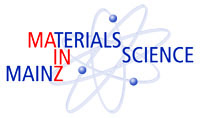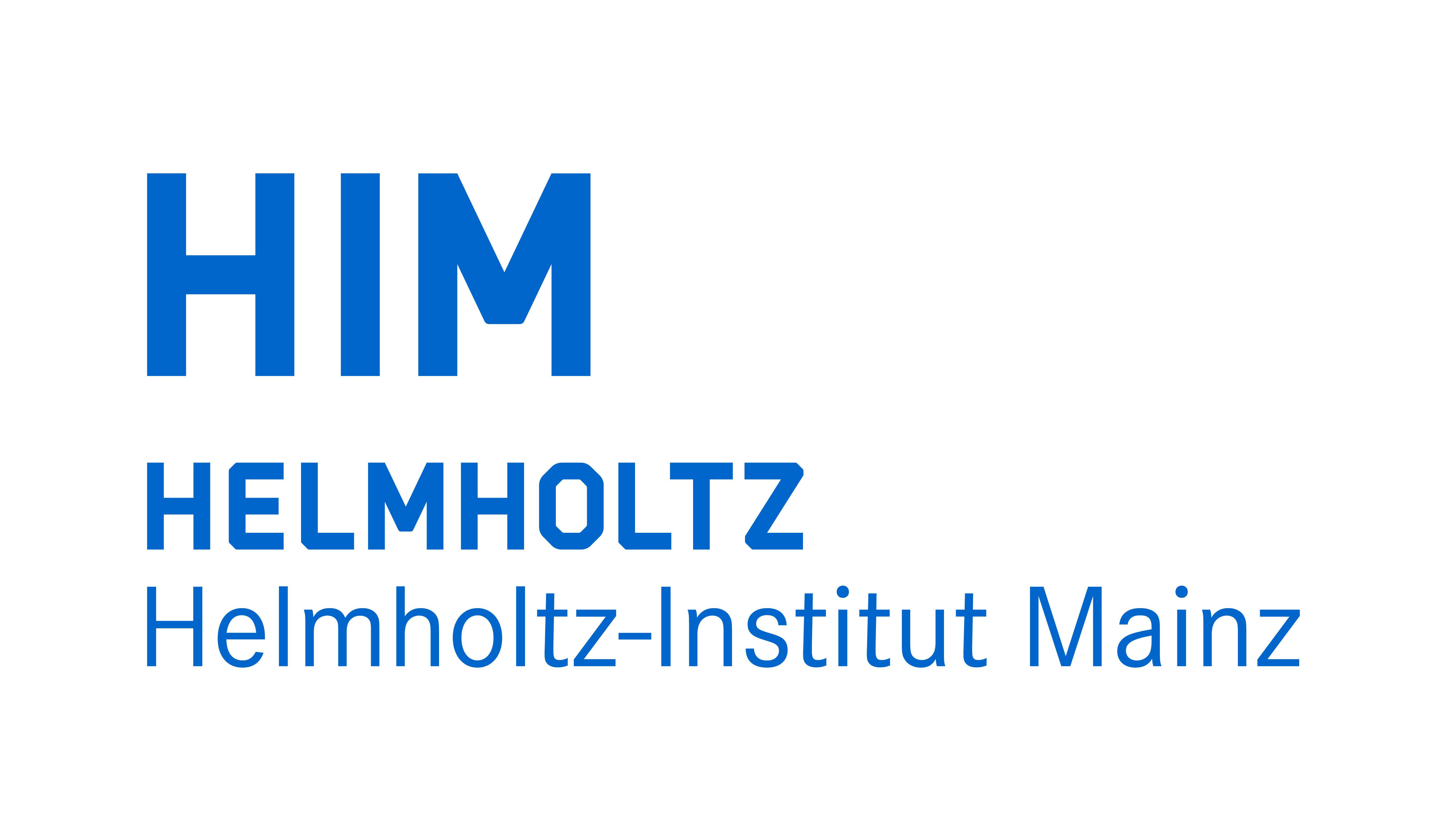


Physikalisches Kolloquium
May 7, 2019 at
4 p.m. c.t.
in
HS KPH
Prof. Dr. Friederike Schmid
Institut für Physik
friederike.schmid@uni-mainz.de
Prof. Dr. Hartmut Wittig
Institut für Kernphysik
hartmut.wittig@uni-mainz.de
Broadband Ferromagnetic Resonance Spectroscopy: The "Swiss Army Knife" for Understanding Spin-Orbit Phenomena
Dr. Dr. Justin Shaw (National Institute of Standards and Technology, Boulder/CO, USA)
Modern spin-based technologies rely on multiple, simultaneous phenomena that originate from the spin-orbit interaction in magnetic systems. These include damping, magnetic anisotropy, orbital moments, and spin-orbit torques that are manifested in the spin-Hall and Rashba-Edelstein effects. While cavity based ferromagnetic resonance (FMR) spectroscopy has been used to characterize magnetic materials for many decades, recent advances in broadband and phase-sensitive FMR techniques have allowed further refinement, improved accuracy, and new measurement capability. In fact, broadband FMR techniques can now precisely measure spin-orbit torques at the thin-film level without the requirement of device fabrication.
Broadband FMR measurements have also improved our fundamental understanding of magnetic damping. Numerous extrinsic relaxation mechanisms can obscure the measurement of the intrinsic damping of a material. This created a challenge to our understanding of damping because experimental data were not always directly comparable to theory. As a result of the improved ability to quantify all of these relaxation mechanisms, many theoretical models have been refined. In fact, this has recently led to both the prediction and discovery of new materials with ultra-low magnetic damping that will be essential for future technologies based on spintronics, magnonics, spin-logic and high-frequency devices.
I will begin this lecture with a basic introduction to spin-orbit phenomena, followed by an overview of modern broadband FMR techniques and analysis methods. I will then discuss some recent successes in applying broadband FMR to improve our ability to control damping in metals and half-metals, quantify spin-orbit torques and spin-diffusion lengths in multilayers, and determine the interrelationships among damping, orbital moments, and magnetic anisotropy. The impact of these result on specific technologies will also be discussed.